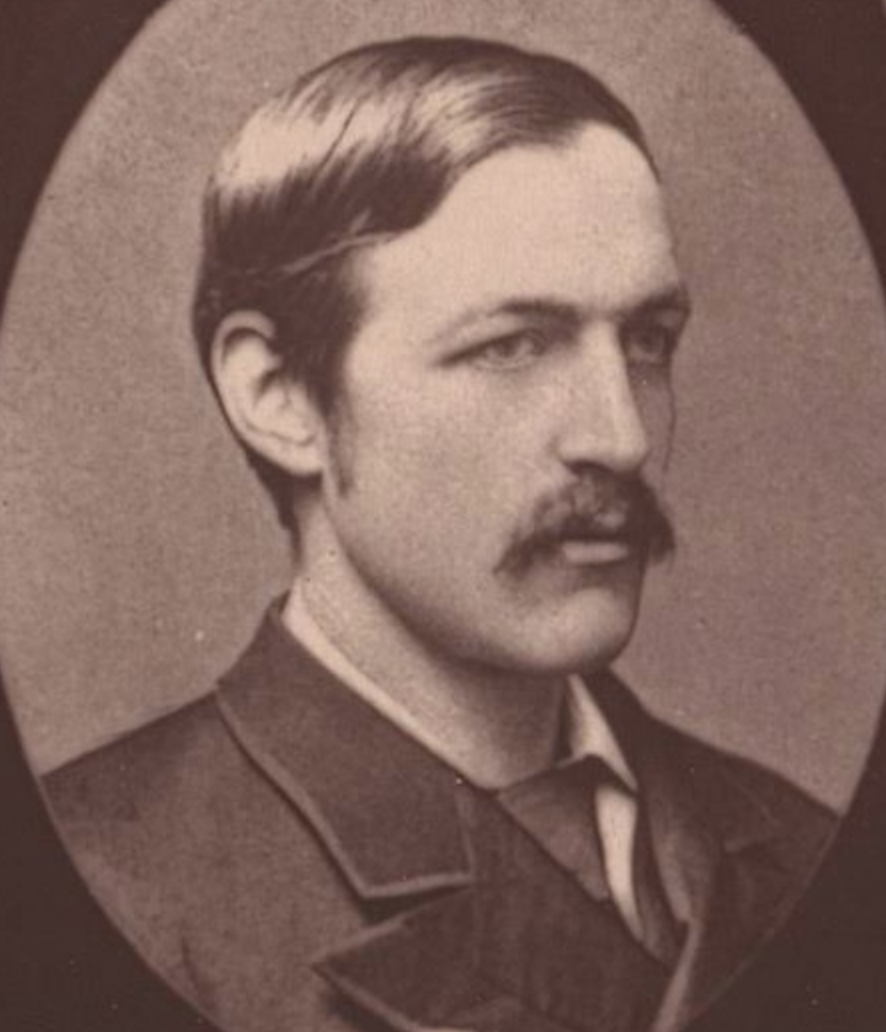|
St John's Cathedral, Langzhong
St John's Cathedral ( zh, t=聖約翰座堂, s=圣约翰座堂, first=t, w=Shêng4-yüeh1-han4 tso4-tʽang2, p=Shèngyuēhàn zuòtáng), today known as Gospel Church ( zh, t=福音堂, s=福音堂, w=Fu2-yin1 tʽang2, p=Fúyīn táng, links=no), is a Protestant church situated on Yangtianjing Street in the county-level city of Langzhong, Nanchong, Sichuan Province. Founded in 1908, the church was formerly the Anglican cathedral of the Szechwan Diocese of the Church in China, and the largest Anglican church in Southwest China. History The first Anglican church in Langzhong (then known as Langchung, Paoning or Paoning Foo aoning / Baoning Fu, the Trinity Church, built in 1893, had become too small as the number of converts had increased. After a series of problems, St John's was eventually built on Yangtianjing Street, under the supervision of William Cassels, one of the Cambridge Seven, and the then missionary bishop in the Diocese of Western China. Construction began in ... [...More Info...] [...Related Items...] OR: [Wikipedia] [Google] [Baidu] |
Langzhong
Langzhong (formerly known as Paoning) is a county-level city in northeastern Sichuan province, China, located on the middle reaches of the Jialing River. It is administered as part of the prefecture-level city of Nanchong. Langzhong has a total population of 880,000, with 250,000 residing in the urban area. Langzhong is famous for its historic centre, home to 30,000 of its residents. It is one of the best preserved historic towns of China, dating back to the Tang dynasty. The city was also the seat of the former Anglican Diocese of Szechwan. History The site of present-day Langzhong served for a time as the capital of Ba, a native but sinicized Sichuan state during China's Warring States period. It takes its present name from its role as the seat of Langzhong County, established by Qin two years after its 316 BC conquest of Shu and Ba. Under the Han and Tang, it was an important center for astronomical research. Under the Yuan, Ming, and Qing, it was known as Ba ... [...More Info...] [...Related Items...] OR: [Wikipedia] [Google] [Baidu] |
Southwest China
Southwest China () is a region in the south of the People's Republic of China. Geography Southwest China is a rugged and mountainous region, transitioning between the Tibetan Plateau to the west and the Chinese coastal hills (东南丘陵) and plains to the east. Key geographic features in the region include the Hengduan Mountains in the west, the Sichuan Basin in the northeast, and the karstic Yungui Plateau in the east. The majority of the region is drained by the Yangtze River which forms the Three Gorges in the northeast of the region. The narrowest concept of Southwest China consists of Sichuan, Chongqing, Yunnan, and Guizhou, while wider definitions often include Guangxi and western portions of Hunan. The official government definition of Southwest China includes the core provinces of Sichuan, Chongqing, Yunnan, and Guizhou, in addition to the Tibet Autonomous Region. History Portions of Southwest China were incorporated in the 3nd century BCE into the Qin dynasty ... [...More Info...] [...Related Items...] OR: [Wikipedia] [Google] [Baidu] |
St John's Church, Chengdu
St John's Church ( zh, t=聖約翰堂, s=圣约翰堂, first=t, w=Shêng4-yüeh1-han4 tʽang2, p=Shèngyuēhàn táng), today known as Shangxiang Christian Church ( zh, t=上翔堂, s=上翔堂, w=Shang4-hsiang2 tʽang2, p=Shàngxiáng táng, links=no), is a Protestant church situated on Shangxiang Street in the city of Chengdu, Sichuan Province. Founded in 1909, it was originally an Anglican church in the Diocese of Western China (also, Diocese of Szechwan). History At the close of 1891, the Rev J H Horsburgh of the Church Missionary Society (CMS) of Church of England, along with other missionaries, entered Sichuan as the first band of CMS missionaries to take up work in that province. The Diocese of West China was established in 1895, and William Cassels, one of the Cambridge Seven, became the first diocesan bishop, ordained by the Archbishop of Canterbury ( Edward White Benson). In 1909, Cassels purchased a land near Xishuncheng Street, in Chengdu, for building the Fu Jen ... [...More Info...] [...Related Items...] OR: [Wikipedia] [Google] [Baidu] |
Gospel Church, Wanzhou
Gospel Church ( zh, t=福音堂, s=福音堂, w=Fu2-yin1 tʽang2, p=Fúyīn táng) is a Protestant church situated on Tiantai Road in Wanzhou District, Chongqing. Built in 1901, it was originally an Anglican church in the Diocese of Western China (also, Diocese of Szechwan). History Protestantism was first introduced to Wanzhou (then known as Wanhsien an County was part of Sichuan Province) by a British Anglican missionary in 1882. The first baptism took place in 1896, conducted by two British missionaries, with 16 locals being baptised into Anglican Church. In 1901, a residential property on Sanma Road was purchased for 2400 taels of sycee by the local Anglican missionary Chao Shang-lien, and was converted into a place of worship named Gospel Church. In 1919, the East Szechwan School of Theology was established by a British missionary in Wanhsien. Along with the Lutheran Holy Cross Church, the church became one of the county's main venues for Protestant worship. The Wan ... [...More Info...] [...Related Items...] OR: [Wikipedia] [Google] [Baidu] |
Anglicanism In Sichuan
Anglicanism in Sichuan refers to the history and implantation of Anglicanism in the Chinese province of Sichuan (formerly romanized as Szechwan, Szechuan, or Ssuchuan; also referred to as "Western China"). Anglicanism, along with Methodism, were the two largest Protestant denominations in that province. History First Anglican missionaries The Cambridge Seven were Anglicans serving under the interdenominational society China Inland Mission (CIM). Four of them were going to be the first Anglican missionaries working in the western province of Sichuan. William Cassels, was already an ordained priest; Arthur T. Polhill-Turner, was studying for holy orders when he volunteered for the mission in China; Montagu Proctor-Beauchamp, a baronet from the Proctor-Beauchamp family; and Arthur's elder brother Cecil H. Polhill-Turner, a Pentecostal revivalist. They left London for China on 5 February 1885. After studying the local language, the four were transferred to Sichuan in 1887. C ... [...More Info...] [...Related Items...] OR: [Wikipedia] [Google] [Baidu] |
Three-Self Patriotic Movement
The Three-Self Patriotic Movement (TSPM; ) is the official government supervisory organ for Protestantism in the People's Republic of China. It is colloquially known as the Three-Self Church (). The National Committee of the Three-Self Patriotic Movement of the Protestant Churches in China () and the China Christian Council (CCC) are known in China as the '' lianghui'' (two organizations). Together they form the state-sanctioned Protestant church in mainland China. They are overseen by the United Front Work Department of the Chinese Communist Party (CCP) following the State Administration for Religious Affairs' absorption into the United Front Work Department in 2018. History Christian Manifesto In May 1950, Y. T. Wu and other prominent Protestant leaders such as T. C. Chao, Chen Chonggui, and Cora Deng met in Beijing with Chinese premier Zhou Enlai to discuss Protestant Christianity's relationship with the young People's Republic of China. "The Christian Manifesto" w ... [...More Info...] [...Related Items...] OR: [Wikipedia] [Google] [Baidu] |
Christianity In China
Christianity in China has been present since at least the 3rd century, and it has gained a significant amount of influence during the last 200 years. While Christianity may have existed in China before the 3rd century, evidence of its existence begins to surmount with the attestation of the Syriac-speaking ethnographer Bardesanes at the end of the 2nd century. Presently, verifiable evidence of Christianity's existence in China can only be dated back to the 7th century. The significant lack of evidence of Christianity's existence in China between the 3rd century and the 7th century can likely be attributed to the barriers placed in Persia by the Sassanids and the closure of the trade route in Turkestan. Both events prevented Christians from staying in contact with their mother church, the Syriac Antiochian Church, thereby halting the spread of Christianity until the reign of emperor T'sai-tsung, or Taizong (627-649). Taizong, who had studied the Christian Scriptures wh ... [...More Info...] [...Related Items...] OR: [Wikipedia] [Google] [Baidu] |
Montagu Proctor-Beauchamp
Sir Montagu Harry Proctor-Beauchamp, 7th Baronet (19 April 1860 – 26 October 1939) was a British Anglican Christian missionary. Biography Proctor-Beauchamp was the fourth son of Sir Thomas William Brograve Proctor-Beauchamp, 4th Baronet, and his wife the Hon. Catherine Esther, daughter of Granville Waldegrave, 2nd Baron Radstock. He was educated at Repton and Trinity College, Cambridge. Proctor-Beauchamp was one of the Cambridge Seven, students from Cambridge University, who in 1885 decided to become missionaries in China. He served with the China Inland Mission during the late Qing dynasty in China. Together with Arthur T. Polhill-Turner and William Cassels, the three established a proper Church of England diocese in Szechwan. He was evacuated from China during the Boxer Rising in 1900, but was back in China again from 1902 to 1911. On returning to England Beauchamp was ordained, becoming Vicar of Monkton Combe, Somerset between 1914 and 1918. He was Principal Chapl ... [...More Info...] [...Related Items...] OR: [Wikipedia] [Google] [Baidu] |







